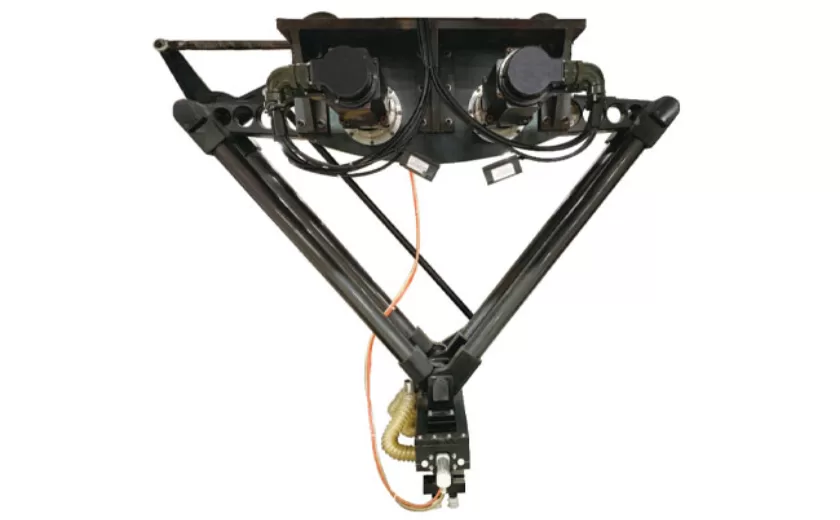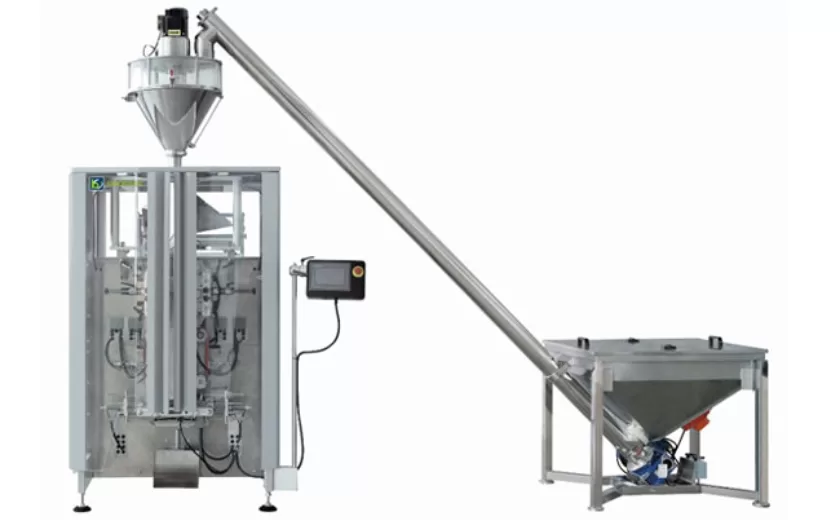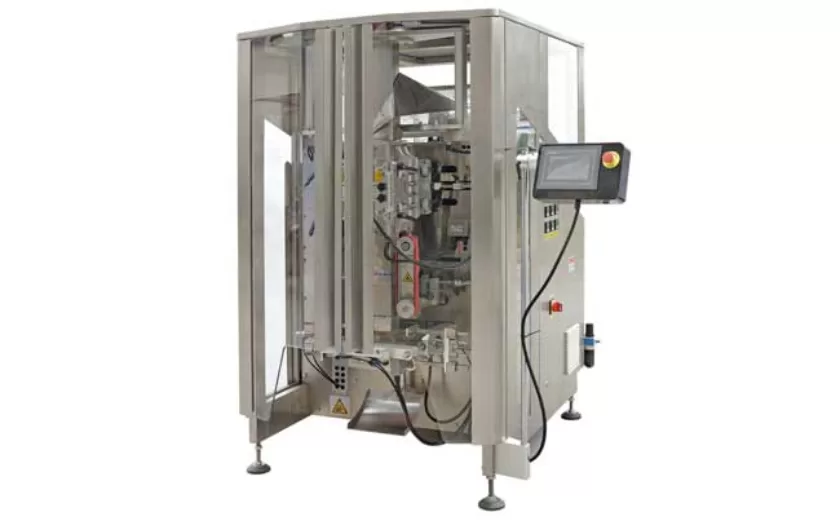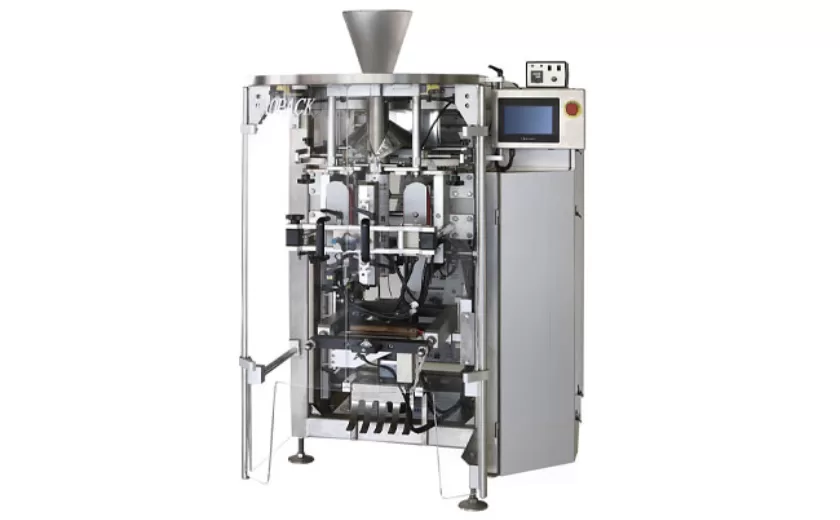Comparing Manual vs. Automated Granule Packing Machines
Comparing Manual vs. Automated Granule Packing Machines: A Technological Divide
Granules, ubiquitous in industries ranging from pharmaceuticals to food, necessitate efficient and accurate packaging. The choice between manual and automated granule packing machines has profound implications on production efficiency, quality control, and overall manufacturing costs.
Manual Granule Packing: A Labor-Intensive Legacy
Manual granule packing relies on human operators to fill containers with precision. While this method offers flexibility for small-scale operations, it is inherently slow, prone to errors, and requires significant labor costs. Inconsistent packing densities, variations in fill levels, and the risk of contamination pose challenges to product quality.
Automated Granule Packing: A Technological Leap
Automated granule packing machines revolutionize the process through a combination of robotics, sensors, and programmable logic controllers. These machines can fill containers with exceptional accuracy, consistency, and speed, minimizing human error and maximizing production output. They offer precise control over fill levels, ensuring consistent product weight and minimizing waste.
Key Differences and Advantages
1. Efficiency and Speed: Automated machines can pack granules significantly faster than manual labor, increasing throughput and reducing labor costs.
2. Accuracy and Consistency: Robots can fill containers with precise amounts of granules, eliminating inconsistencies and ensuring product uniformity.
3. Labor Reduction: Automated machines require fewer operators, freeing up human resources for other tasks.
4. Quality Control: Sensors and control systems monitor the packing process in real-time, detecting and rejecting defective containers.
5. Hygiene and Contamination Control: Automated machines create a more hygienic environment, minimizing the risk of contamination from human contact.
Considerations for Implementation
Choosing between manual and automated granule packing machines depends on factors such as production volume, product requirements, and budget. Automated machines offer significant advantages for high-volume operations, product consistency, and labor savings. However, they require a higher initial investment and may not be suitable for smaller businesses or specialized applications.
Conclusion
Manual and automated granule packing machines represent two distinct approaches with varying strengths and drawbacks. For small-scale operations, manual packing may suffice. However, for businesses seeking efficiency, consistency, and cost reduction, automated granule packing machines offer a technological advantage that can transform their production capabilities.
-
Advanced Packing Solutions: Snacks, Sugar, and Frozen Food Machines
29-10-2025 -
Efficient and Reliable Solutions for Salt, Nuts, and Frozen Dumplings Packing
29-10-2025 -
High-Performance Biscuits, Lollipop, and Ketchup Packing Machines for Modern Food Production
29-10-2025 -
Efficient Liquid Filling and Packing Machines for Modern Production
23-10-2025 -
Reliable Granule Packaging Machines for Efficient Production
23-10-2025 -
Efficient Auger Powder Filling Machines for Accurate Packaging
23-10-2025 -
High-Performance Liquid Filling and Packing Machines for Hygienic Production
10-10-2025 -
High-Efficiency Granule Packaging Machines for Precision and Speed
10-10-2025 -
High-Precision Auger Type Powder Filling Machines for Efficient Packaging
10-10-2025 -
Efficient Vertical Form Fill Seal Packaging Machines for Smart Production
10-10-2025











